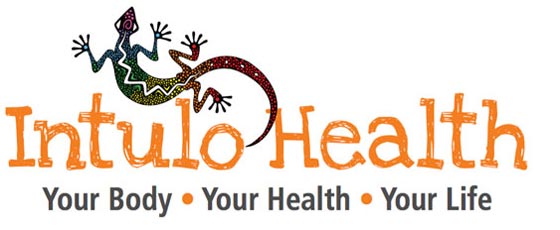Common Problems for Tennis Players
Amanda shared a common problem in tennis players in the wake of Wimbledon fever...

Dan Smith (age 23), has been working at Bournemouth Gardens Tennis centre for over two years. He is active both on and off the court, and is constantly kept on his toes. As coach and duty manager, Dan helps young and older tennis enthusiasts to improve their game. However his time on the court has taken its toll on Dan’s body. Dan came to see Amanda about lower back pain, tight calves and sore feet.
Info: dan@bournemouthgardenstc.co.uk
T: 07590679375
The Problem
Dan’s initial consultation with Amanda highlighted his struggle with tight calves, a classic result of tennis players who play on their toes. His lower back pain had been caused by constant rotation of the hips due to the twisting and turning done on the court. And finally, Dan also exhibited tight forearms and elbow pain, which comes from gripping the racquet too tightly.
If you think this article applies to you then please do not hesitate to contact Amanda on 07789810752 for a FREE 20 minute assessment.
Why do these issues actually cause us pain?
Whether you’re a sportsperson who constantly plays on your toes (especially if you put a lot of weight on your big toe!), or a stylish lady who wears impressive high-heels, the result will be the same!
The muscles between the knee and the ankle joint are responsible for moving your toes, working hard every time you walk, run or wear unsuitable foot wear. This can lead to shortened muscles in between the knee and the ankle which in turn shortens the tendons leading into the toes and causes structural problems with your feet and even bunions.
Our ability to grip and manipulate things with our hands and fingers by gripping or pressing downward can cause repetitive stress injury or overuse injury in the hands and forearms. Consistent rotation of the hip joint, whether in sports such as tennis, golf, cricket, football to name a few or in jobs that involve heavy lifting etc, the stabilising muscles have to work very hard to keep the body in the right posture, and these muscles work even harder when the posture is poor.
Lack of strength in large stabilising muscles for example the glutes (the backside) cause lower back pain.
Amanda’s Solution
- Stretch Daily: Stretching the hip flexors, the gluteal muscles and the calves is essential in this particular case study. Dan was given specific stretches to do every day. Amanda did a lot of deep tissue release work in the PSOAS muscle which was restricting Dan’s hip rotation, as well as Quadriceps and Glutes.
- Check your feet: Get your therapist to check your feet for any structural problems that could potentially be causing the calves and peroneals to consistently tighten up. These issues can be easily resolved by getting a heel raise or even some deep tissue massage to the calves which will help release the feet...
- Ensure that your grip is not too tight when playing racquet sports etc, as naturally this will have an effect on the elbow and then the shoulder. And because prevention is better than cure...
- Get a remedial programme from your massage therapist, enabling you to strengthen key areas.
- Stretch your hand flexors to extend the muscle and loosen it; strengthening the extensors (opposite muscles) too.
- Use a foam roller, especially after intensive physical activity.
- Use a golf ball under your naked foot to roll pressure across key foot muscles. You’ll be amazed by the results!
- MOVE MORE
So in other words if you’re sat at a desk all day and then going for it on the tennis court for a few hours a week, ensure that you move during the day at work and that you’re stretching every day.
Written by Bournemouth based remedial massage therapist Amanda Burger


